[/caption]
Another American rocket Era is about to end. The venerable Delta II rocket, steeped in history, will fly what is almost certainly its final mission from Cape Canaveral. And it will do so quite fittingly by blasting twin satellites to the moon for NASA on a unique path for a truly challenging mission to do “extraordinary science”.
On Sept. 8, the most powerful version of the Delta II, dubbed the Delta II Heavy, is slated to launch NASA’s duo of GRAIL lunar mappers on an unprecedented science mission to unlock the mysteries of the moons deep interior. There are two instantaneous launch windows at 8:37:06 a.m. and 9:16:12 a.m. EDT lasting one second each.
“GRAIL simply put, is a journey to the center of the moon,” said Ed Weiler, NASA Associate Administrator of the Science Mission Directorate in Washington,DC at a pre-launch briefing for reporters on Sept. 6.
“It will probe the interior of the moon and map its gravity field by 100 to 1000 times better than ever before. We will learn more about the interior of the moon with GRAIL than all previous lunar missions combined.”
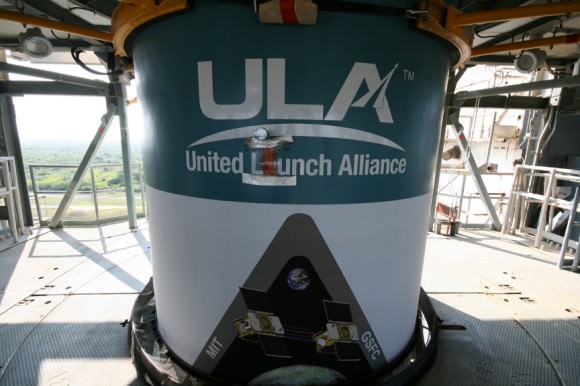
GRAIL will depart Earth from Space Launch Complex 17B (SLC-17B) at Cape Canaveral Air Force Station, Florida, which is also the last scheduled use of Pad 17B.
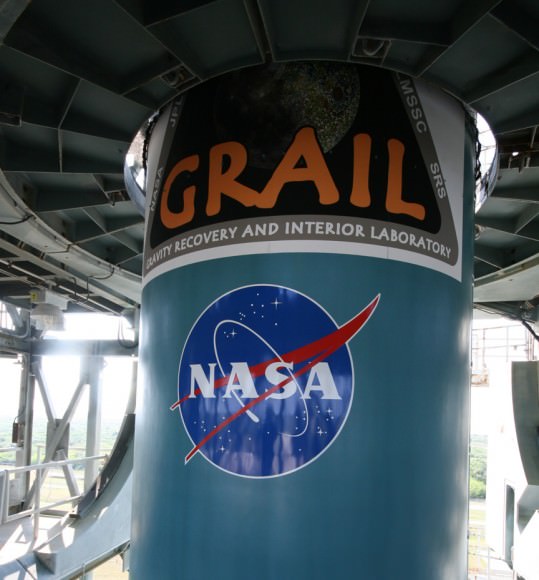
“Trying to understand how the moon formed, and how it evolved over its history, is one of the things we’re trying to address with the GRAIL mission,” says Maria Zuber, principal investigator for GRAIL from the Massachusetts Institute of Technology. “But also, (we’re) trying to understand how the moon is an example of how terrestrial planets in general have formed.”
“GRAIL is a mission that will study the inside of the moon from crust to core,” Zuber says.
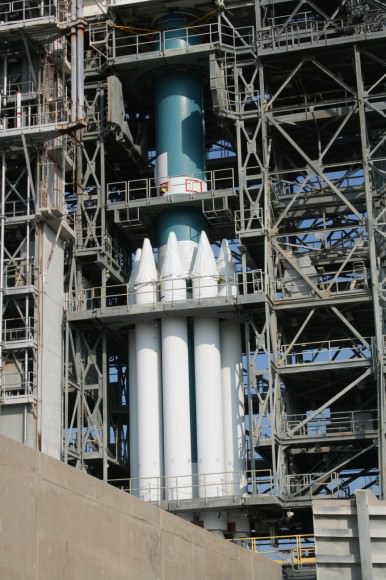
So far there have been 355 launches of the Delta II family, according to NASA’s Delta II Launch Manager Tim Dunn. The Delta II is built by United Launch Alliance.
“GRAIL is the last contracted Delta II mission to be launched from Complex 17. And it will be the 356th overall Delta to be launched. Complex 17 at the Cape has a proud heritage of hosting 258 of those 355 total Delta launches to date.
Hypergolic propellants have been loaded onto the 2nd stage after assessing all the preparations for the rocket, spacecraft, the range and facilities required for launch.
“The Launch Readiness Review was successfully completed and we can proceed with the countdown,” said Dunn.
The Delta II Heavy is augmented with nine larger diameter ATK solid rocket motors.
The Mobile Service Tower will be rolled back from the Delta II rocket tonight, starting at about 10:30 p.m. EDT depending on the weather.
The weather forecast for launch remains very iffy at a 60% percent chance of “NO GO” according to NASA and Air Force officials.
A launch decision will be made tomorrow morning Sept. 8 right after the weather briefing but before fueling begins at 6:30 a.m.
The weather forecast for rollback of the Mobile Service Tower tonight remains generally favorable. There is a 40% chance of a weather issue at 10:30 p.m. which drops to 30% after midnight. Tower rollback can be pushed back about 2 hours without impacting the countdown, says NASA.
Weather remains at 60% NO GO in case of a 24 hour delay but improves over the weekend. The team has about 42 days time in the launch window.
After entering lunar orbit, the two GRAIL spacecraft will fly in a tandem formation just 55 kilometers above the lunar surface with an average separation of 200 km during the three month science phase.
Stay tuned to Universe Today for updates overnight leading to liftoff at 8:37 a.m.
See my photo album from a recent tour of Launch Complex 17 and the Mobile Service Tower
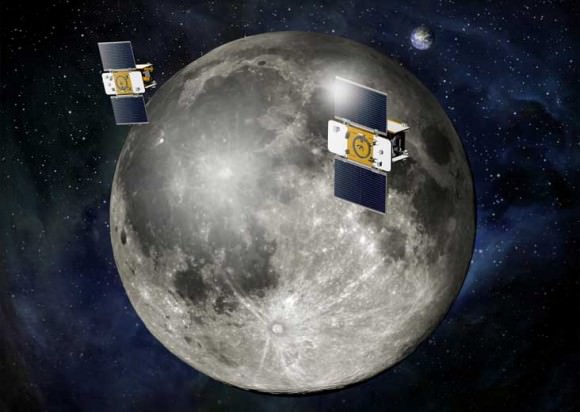
Read Ken’s continuing features about GRAIL
NASAs Lunar Mapping Duo Encapsulated and Ready for Sept. 8 Liftoff
GRAIL Lunar Twins Mated to Delta Rocket at Launch Pad
GRAIL Twins ready for NASA Science Expedition to the Moon: Photo Gallery

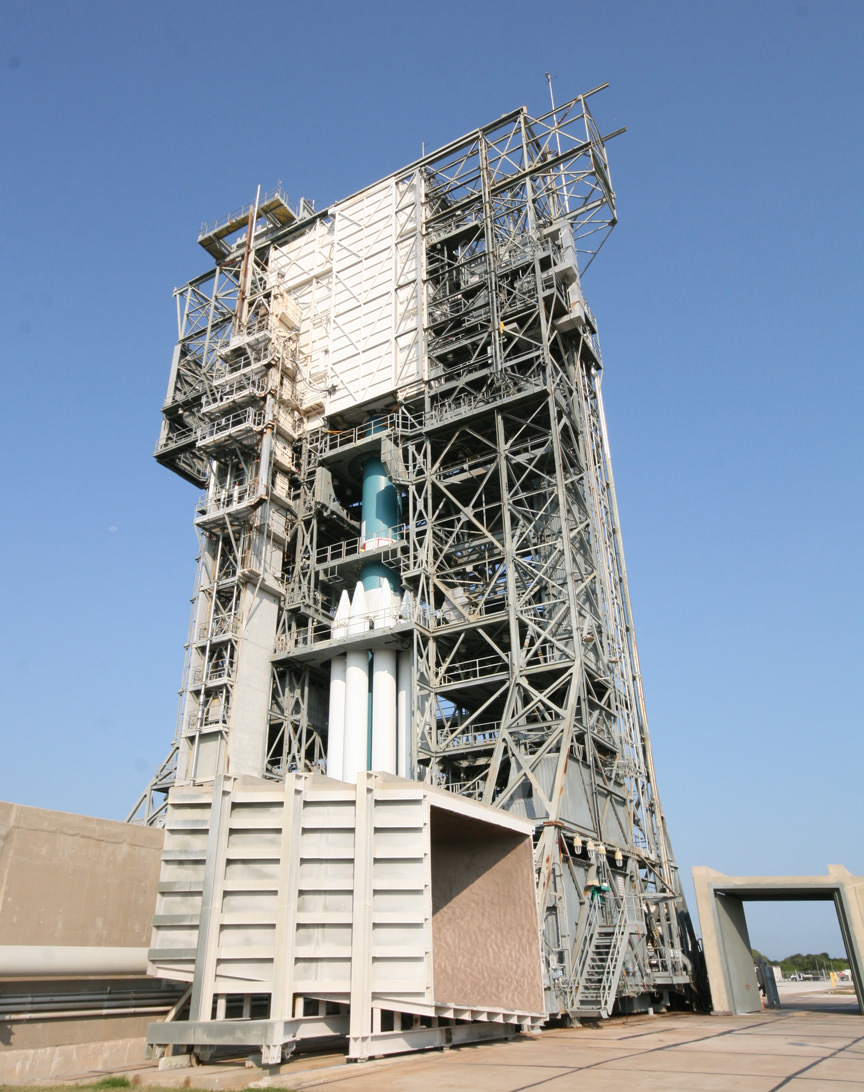
How cool is it that we are going back to the moon. But do you think we might want to drop off some food or supplies to the men or ladies at the space station first? I think this is a little bit more important than putting up some satelite right now. Let’s bring back the space shuttles for some more missions, to get some food and more astronauts up there.
It is too late to build new shuttles, vital production lines are disassembled.
If only it were that simple. The recent Russian resupply failure does highlight the advantage of having redundant support systems in place to support an ongoing project such as the ISS and the folly of shutting down the shuttle without it’s successor ready to orbit. The ABCs of leadership and forward looking management seems to be systematically absent from the U.S. government in the past decade or two. It makes you wonder how it was so successful in the 20th century, but apparently it has gotten away from the principles that made it work in the first place.
I couldn’t agree more. It would seem that Manned Space Programs should be the last area you want to assume retiring the Shuttle before its replacement is ready was a good idea. We have always had a nasty habit of trying to save money by similar processes just witnessed in the Shuttle program. It is obsolete – Too expensive – ect, … and we are going to NEED it’s “convenience” for some time. Expensive or not, it’s all he have.
When is the Shuttle replacement due to be operational anyway? Anyone know the current estimated birth day for it?
You can add a year to it – and then bet on it.
It has always been the modus operandi of US manned space endeavors to have a few years between one launch system and the next. (Mercury-Gemini to Apollo, Apollo to Shuttle – resulting in the deorbiting of the earlier space station Skylab, by the way).
Why do you think this is different, and why would you expect this one transition to be different?
If anything, this time US secured a soviet backup option and pushed for a commercial one (while denying adaptation of a chinese one), which must constitute progress.
I think you should at least mention the last launch of the Delta II, which is from Vandenberg on the west coast, sending up a polar weather satellite called NPP. That’s currently schedule for October 25.
Thank you, Kevin Parker. I was just about to say the same thing. NPP will have the last Delta II.
I can’t believe we actually ARE going back to the moon. The Japanese have done great science at the moon in the past few years so we have much to learn. We’ve learned more about the Moon in the past 7-10 years than all previous missions combined.
If I could have actively participated in the science programs like students can today, I would have definitely been an astronomer, or Cosmologist or been in some science field for sure. When I was in school it seemed to take many years just to get the smallest amount of learned info from any program or mission. Tying it directly to education can only make the next generation of Scientists and fellow Space Nuts that much more dedicated and the enthusiasm is contagious.
Most of my posts seem extremely pessimistic, but I truly do care about the SCIENCE of everything and that’s why I get pissed at a lot of the dumb decisions (like retiring the shuttle before having an alternative). Science is all we have that is really worth anything.
You could say – when Science is concerned – I am the most pessimistic optimist there is ???…. HA! Sometimes the most optimistic… (you get the point). Which way is the breeze blowing today?
For whatever that’s worth, which isn’t much of a thang, “Homey”